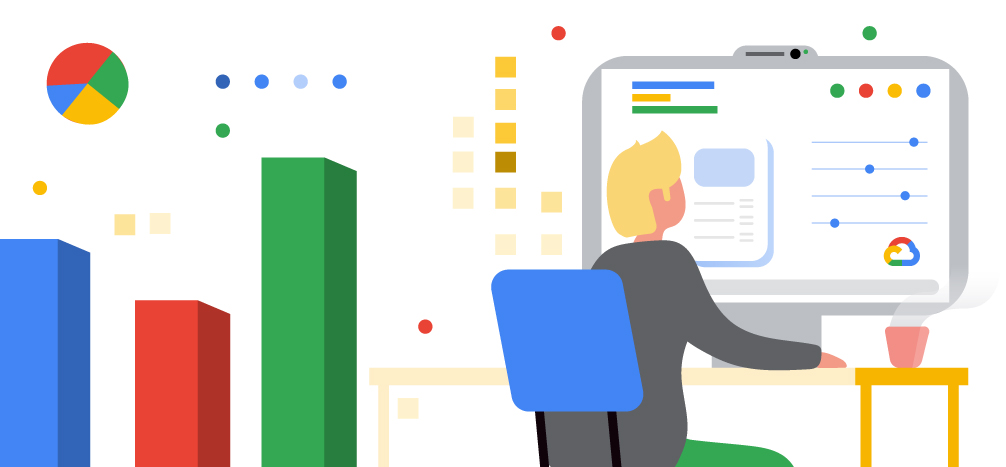The COVID-19 crisis is having a huge impact on social safety net programs at the state and local level. Unemployment offices across the country have been overwhelmed with record numbers of claims; more than 50 million citizens applied for first time unemployment—while food assistance funding has increased by two billion per month and Medicaid enrollment is expected to increase as high as 55 million. At the same time, many states are facing drastic budget shortfalls of more than 20%.
Cloud technology is uniquely positioned to help government agencies deliver critical benefits to citizens as they try to cope with the impact of COVID 19. The legacy systems that support the delivery of social safety net programs are finite–they were never designed to support the volume or flexible enough to spin-up brand new benefit programs on demand. Cloud technology can scale up to petabytes of data in seconds. New modules can be developed in days–not weeks and integrate with back-end legacy systems with no equipment.
The pandemic has demonstrated the value of cloud technology to state and local agencies and its unique capability to address the wide variety of problems government agencies now face.
 Volume
Volume
Unemployment applications have been over 1 million a week for the last 22 out of 23 weeks. To put this in context the previous highest peak was 700,000 per week during the 2008-9 recession. Agency unemployment portals are overwhelmed: slowing to a crawl or crashing.
One cloud technology solution is a virtual waiting room which can be placed in front of an agency’s website. It lists FAQs addressing common concerns while providing a clock informing individuals about their wait times. This throttles information flow and shields the website from crashing. More importantly, it calms anxious citizens and reduces traffic to both the portal and call centers.
Another solution is virtual agents, artificial intelligence (AI) technology that can quickly learn respond to common questions or complete routine tasks. Virtual agents can be used on websites or in call centers, reducing call volumes and freeing up human agents for more complex tasks.
The Illinois Department of Economic Security, for example, received over a million applications in 10 weeks. IDES’s website traffic spiked from 50,000 page views per day to millions. In two weeks, we implemented a scalable virtual assistant and trained it to answer frequently asked questions. In the first two weeks that virtual agent responded with 90% accuracy to 3.2 million inquiries.
Adapting to Changes in the Programs
Many agencies are also grappling with administering new legislation, such as Pandemic Unemployment Assistance, or significant changes to existing programs.Compounding the problem is that most of these programs are heavily dependent on paper documents. A typical benefit application might be 6 or more pages that must be processed.
However, artificial intelligence and machine learning (AI/ML) can automate up to 80% of document processing, enabling agencies to use their staff for higher touch activities that require human intervention. The process digitizes paper documents automates data extraction–even from handwritten or typed applications, ingests the data into the core case management system—while providing real time reporting on how many applications are in process.
Cloud technology can also support rapid application development. For example: The New York Department of Labor was facing a 1000% increase in unemployment applications and did not have the ability to take applications for Pandemic Unemployment Assistance (PUA). They utilized cloud technology to quickly develop a brand new application that took 100K applications in the first 24 hours and 1.2M applications as of the end of May. This efficiency modernized their front-end in a matter of weeks.
Virtual Engagement
Social distancing and shelter in place orders have forced businesses and government agencies to quickly rethink the workplace and service delivery. Staff in social safety net agencies traditionally work in the office supporting required face-to-face interactions with citizens. Literally overnight, these agencies had to not only enable a remote workforce but enable virtual citizen interaction and service delivery.
Cloud technology enabled staff to collaborate–to share and work simultaneously on documents, schedule virtual team meetings, conduct virtual client interviews and so on. Government agencies have more individuals working remotely and delivering virtual services than ever before. The transition to cloud and virtual service delivery has been so successful and cost-effective that some states are now considering closing brick-and-mortar offices.
One example of virtual engagement is that child welfare caseworkers can organize virtual team meetings, including the child, foster and birth parents, therapist, and any other key individuals to review the case plan every 90 days. Likewise, if a child welfare report comes from a doctor or teacher, investigators can meet with the reporter by video conference rather than driving to meet them. The cloud saves travel time, shortens the process overall, and allows everything to be recorded and documented. Many federal and state policies have been temporarily suspended or changed to support virtual engagement during the pandemic. For example, allowing virtual visits with children in foster care; or suspending required face-to-face interviews with SNAP applicants. It will be interesting to see if these changes will remain permanent or evolve to support virtual engagement.
Re-Opening and Recovery
Cloud solutions also have a role to play in helping states recover and re-open their economies. Massive quantities of unemployed citizens will not automatically return to work; they will need assistance finding jobs.
With cloud solutions, governments can quickly implement virtual career centers to help citizens draft and post resumes, get career counseling, and attend virtual job fairs and virtual interviews—while AI can help match citizens to jobs. This will enable unemployment offices to monitor beneficiaries’ job searches as well.
Businesses in the private sector are learning that the cloud can enable new efficiencies, but it is equally true that it can enable the vital missions of state and local governments. After all, we’re all in this together.
Check out our On-Demand Webinar to learn tips and solutions for better social services technology, how technology and Google Cloud can improve citizen outcomes based on current trends, and more.







